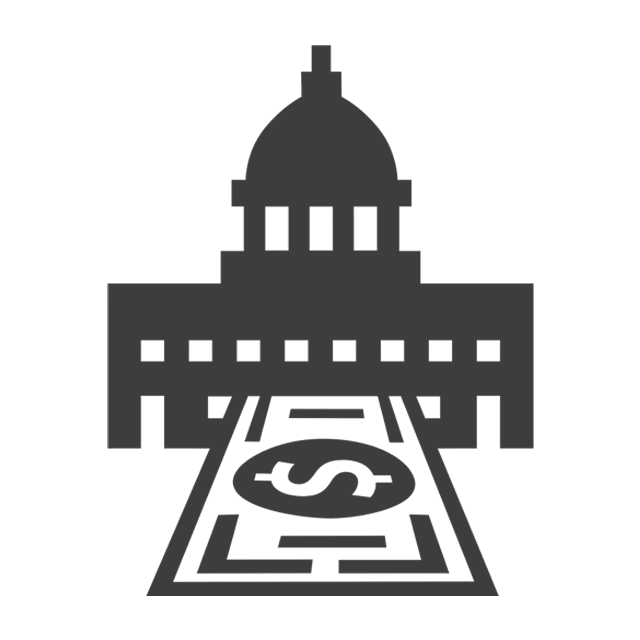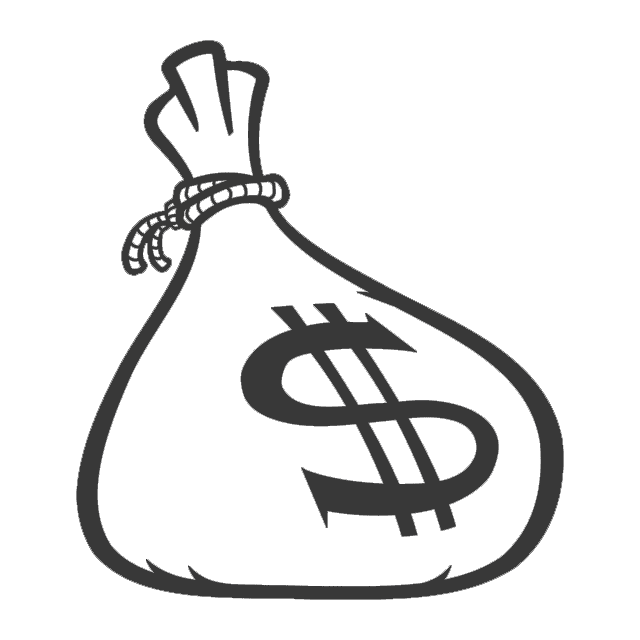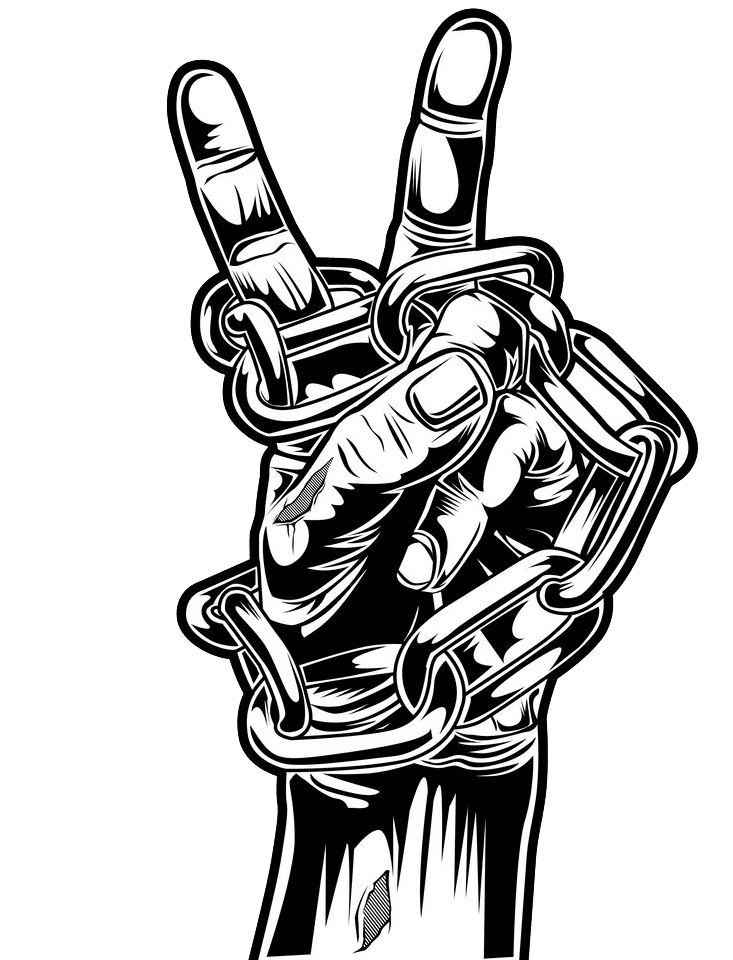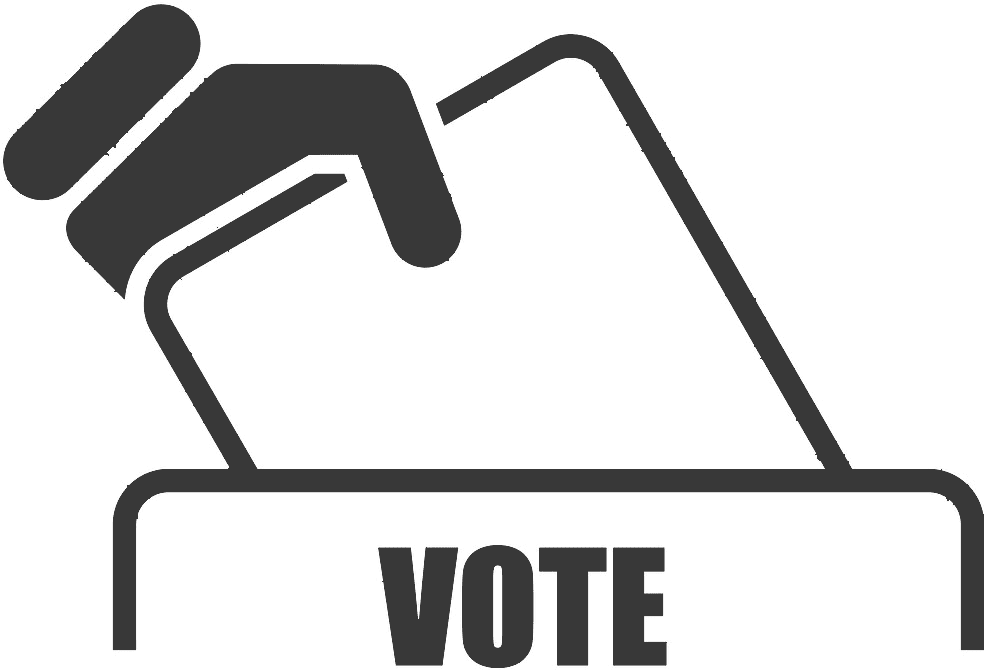No matter how we look at it, the higher education affordability question will have to be addressed. At the American Spectator, Rachel Tripp offered a sober analysis of the state of higher education in America. It’s no secret that the cost of a college education is one of the most pressing issues for young American adults.

According to the National Bureau of Education Research (NBER), tuition prices skyrocketed by 102 percent from 1987 to 2010. By 2019, 45 million people borrowed for school. Total student debt has ballooned to $1.5 trillion as of 2019.
These are clear signs that higher education is starting to become a financial burden for many. As a result, politicians have looked to exploit this dilemma. Democratic presidential candidates Bernie Sanders and Elizabeth Warren have positioned themselves as the “pro-student” candidates by pushing for student loan forgiveness.
Warren’s plan specifically calls for $50,000 of debt cancellation for all households earning less than $100,000. Tripp is correct in noting that this plan “essentially amounts to a $50,000 government voucher” and “it will incentivize students to view a $100,000 debt as a $50,000 debt, making them more willing to apply to pricier colleges and take out higher loans.”
Given these incentives, universities would respond accordingly by raising their prices. To add insult to injury, American taxpayers would be forced to foot a $1.2 trillion bill during the next 10 years to pay off this debt. We are not living in a vacuum, folks. The national debt already stands at $23 trillion, and adding another big-spending scheme will just shackle future generations with even more debt.
Although these plans are likely rooted in good intentions, they do not make for good policy. Undoubtedly, the students saddled in debt did voluntarily choose to go to college and take on whatever risk is associated with the decision. There is a degree of personal responsibility they must assume when making these decisions. As Tripp noted, “Community colleges, state schools, work-study programs, and vocational programs are viable options that incur much less debt.”
Nevertheless, it’s not productive to just scoff at an indebted student’s decision to major in a relatively unproductive field and label it as a foolish mistake. We should have a degree of empathy when considering some of the institutional rot in the background — such as government intervention in education — which caused this mess in the first place. That being said, student loan forgiveness should not be the policy used to address this problem.
Firstly, student loan forgiveness would reward students who were negligent about borrowing thousands of dollars in loans without taking into consideration their future capacity to pay off those loans. Those who actually paid their loans off responsibly would receive the short end of the stick.
It’s also worth noting the true factors behind this problem. Although it’s fashionable to demonize banks and launch attacks against the “free market,” these critiques ignore the real culprit behind the current financial pickle students find themselves in — government involvement in the education sector. Thanks to government encroachments in the student loan sector beginning in the 1960s and subsequent decades, there has been unprecedented state involvement in promoting student loans to people who may lack the ability to pay them off once out of college. The guaranteed loans artificially boost demand, which allows universities to take advantage of this economic distortion by hiking tuition rates.
Not often mentioned in higher education discussions is the role of legal barriers to the number of academic institutions in the country. Economist Gary North noted that university accreditation used to be conducted in a private manner through the use of private associations. Nowadays, there are state laws that regulate the use of the word “university” and mandate that these institutions be accredited. These institutional barriers prevent new academic services from entering the market and result in higher overall prices for educational services.
The state of higher education is a microcosm of the U.S. political economy, which is shackled by excessive regulation. Interestingly, the deregulation of education is not a pie-in-the-sky policy proposal. Historically, civil society and market institutions have provided a broad basket of educational services. So, it’s not unrealistic to suggest some liberalization for this sector. The question is, will politicians actually consider an alternative? Recent history shows otherwise.




















